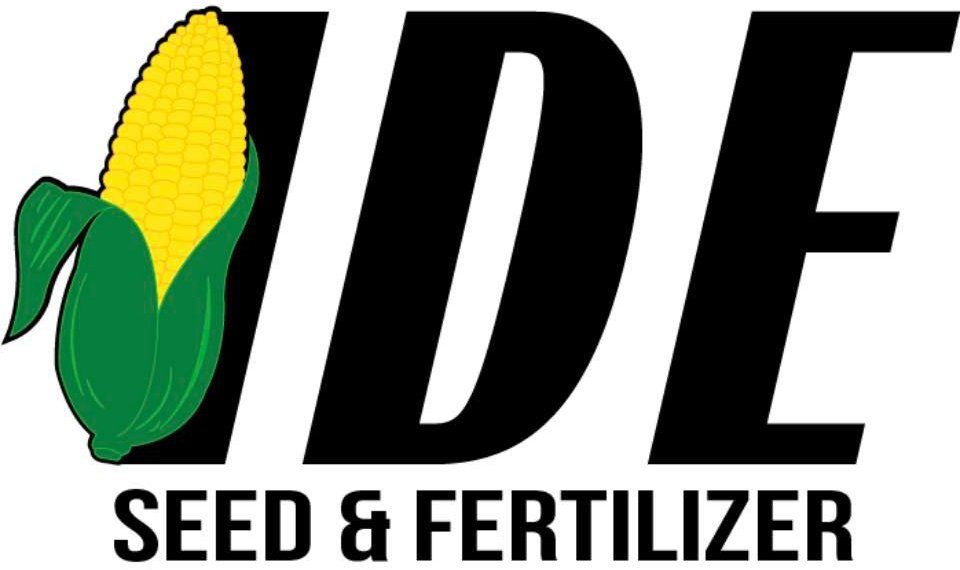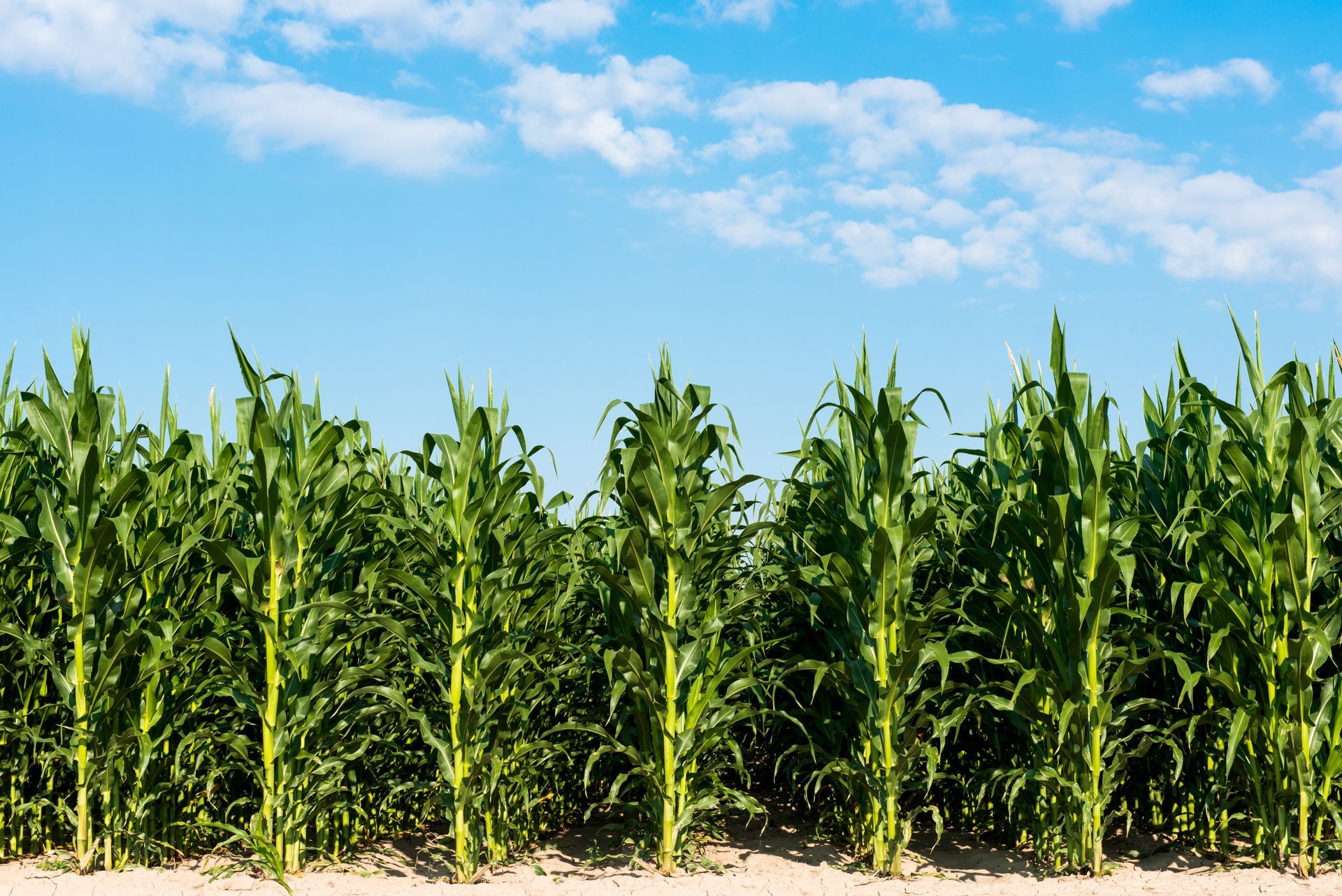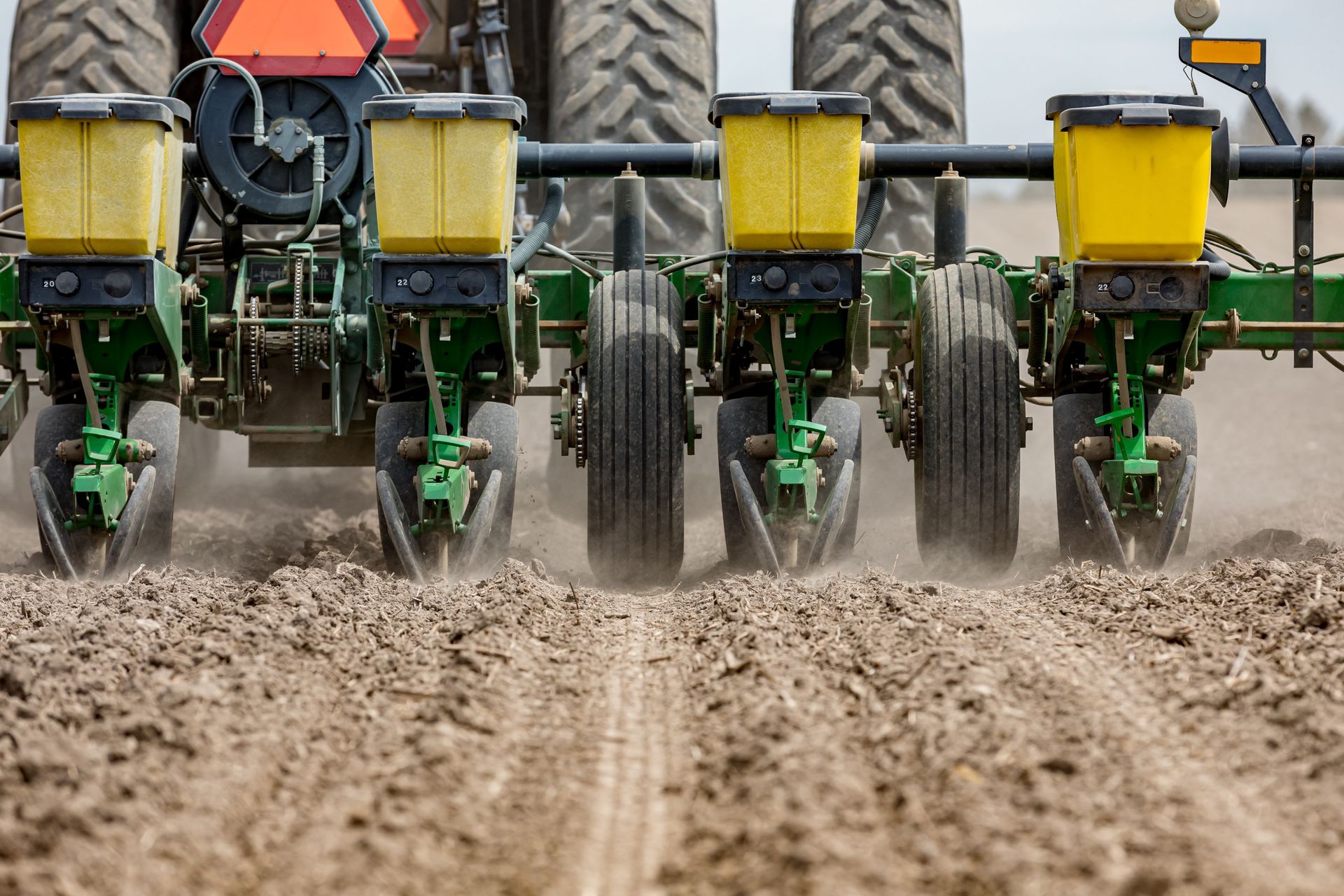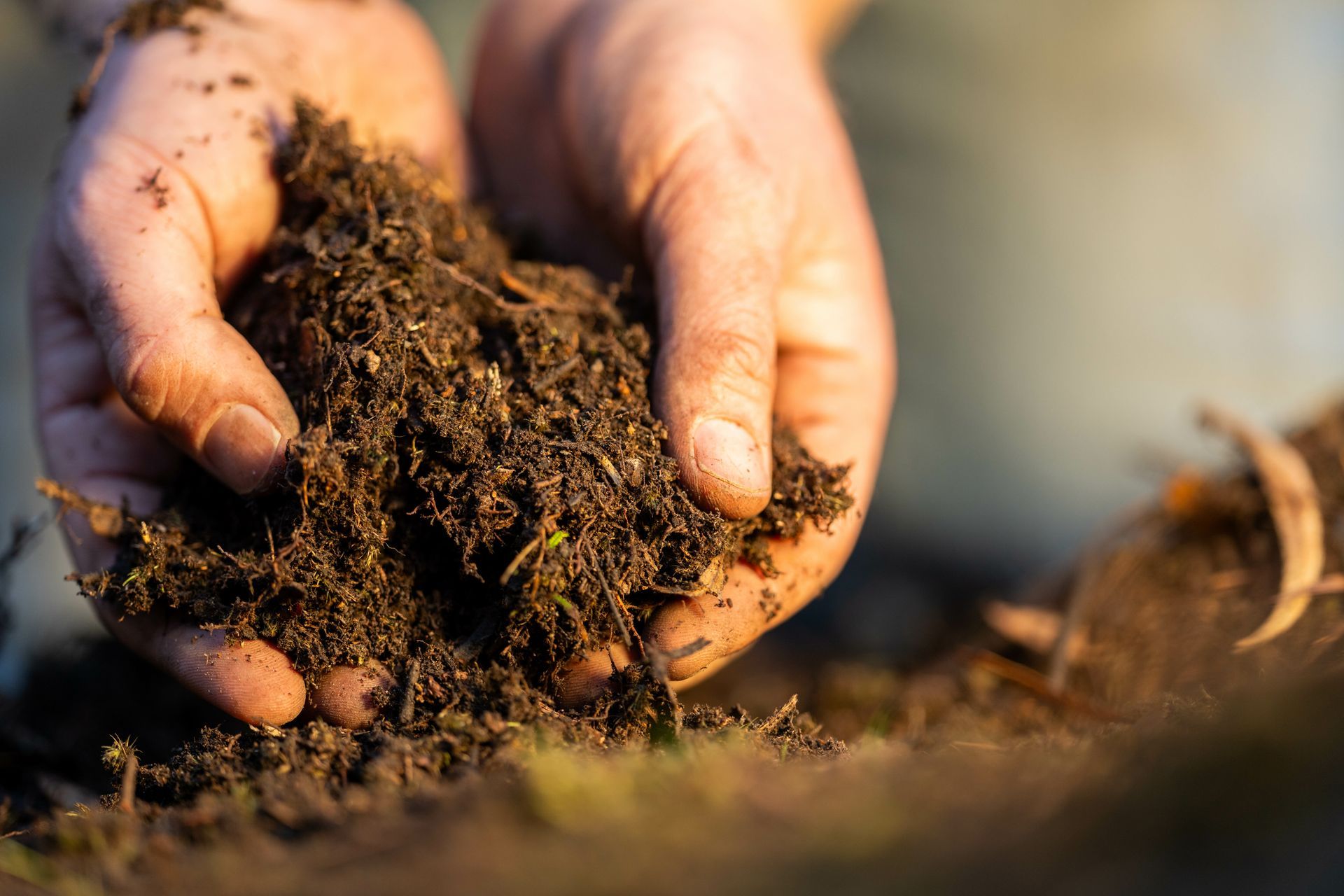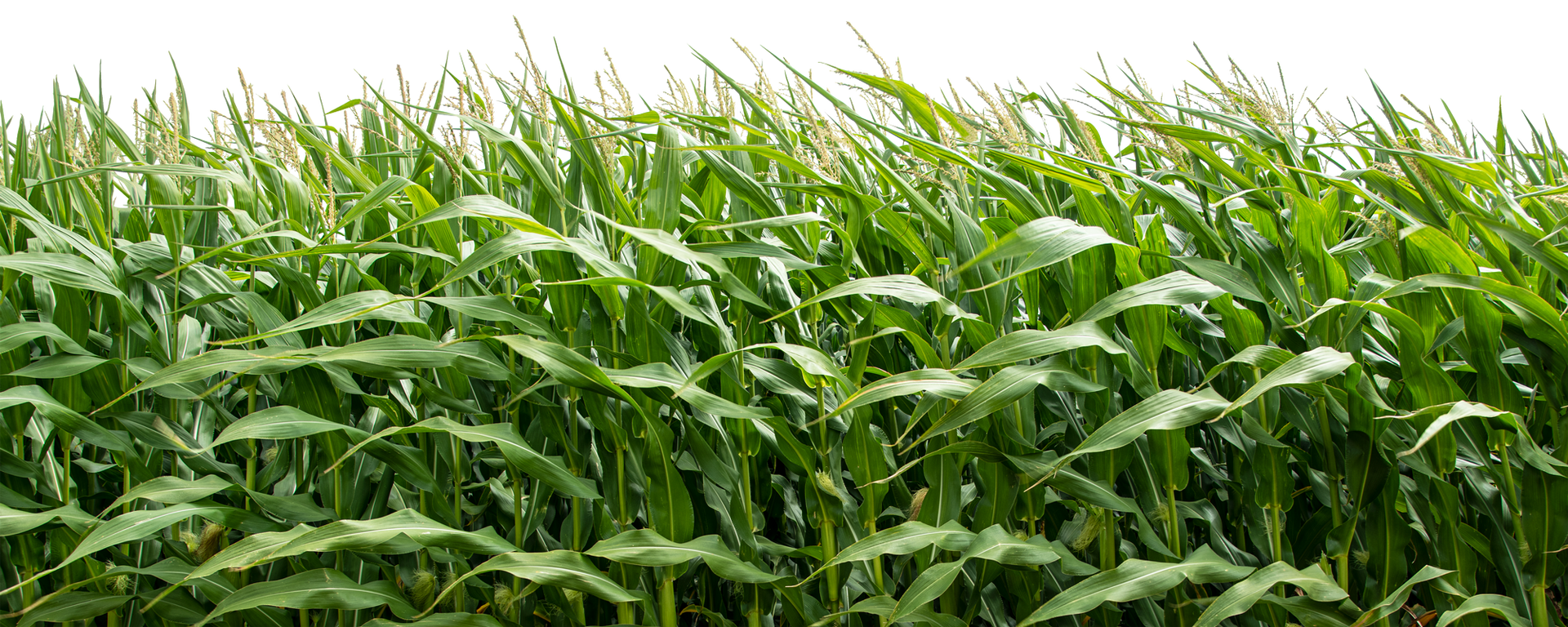Blog
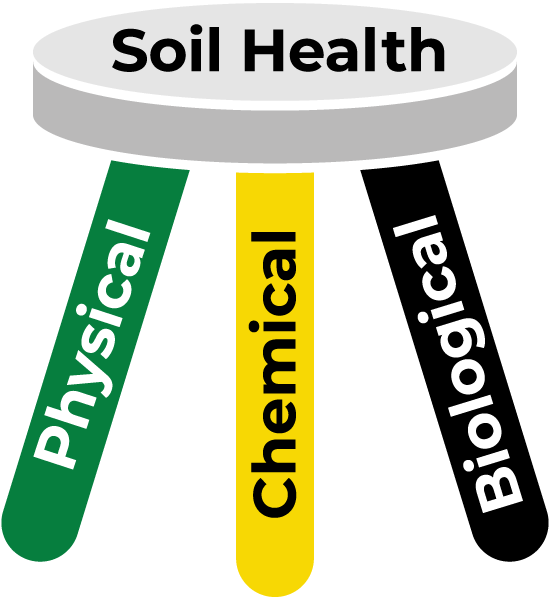
"In the middle of difficulty lies opportunity." - Albert Einstein The question is: Will you change anything? As harvest gets underway, we know many of you are already seeing the writing on the wall. Whether you're just getting started or haven't even begun yet, you can tell this isn't the year you hoped for. Bean yields that should've been better. Corn that looked promising but won't deliver. Bank statements that make your stomach turn. The stress is real: the late nights running numbers, the weight of wondering how to make next year different. But here's what we want you to understand: This isn't just about surviving. It's about finding the opportunity hidden in this year's challenges.
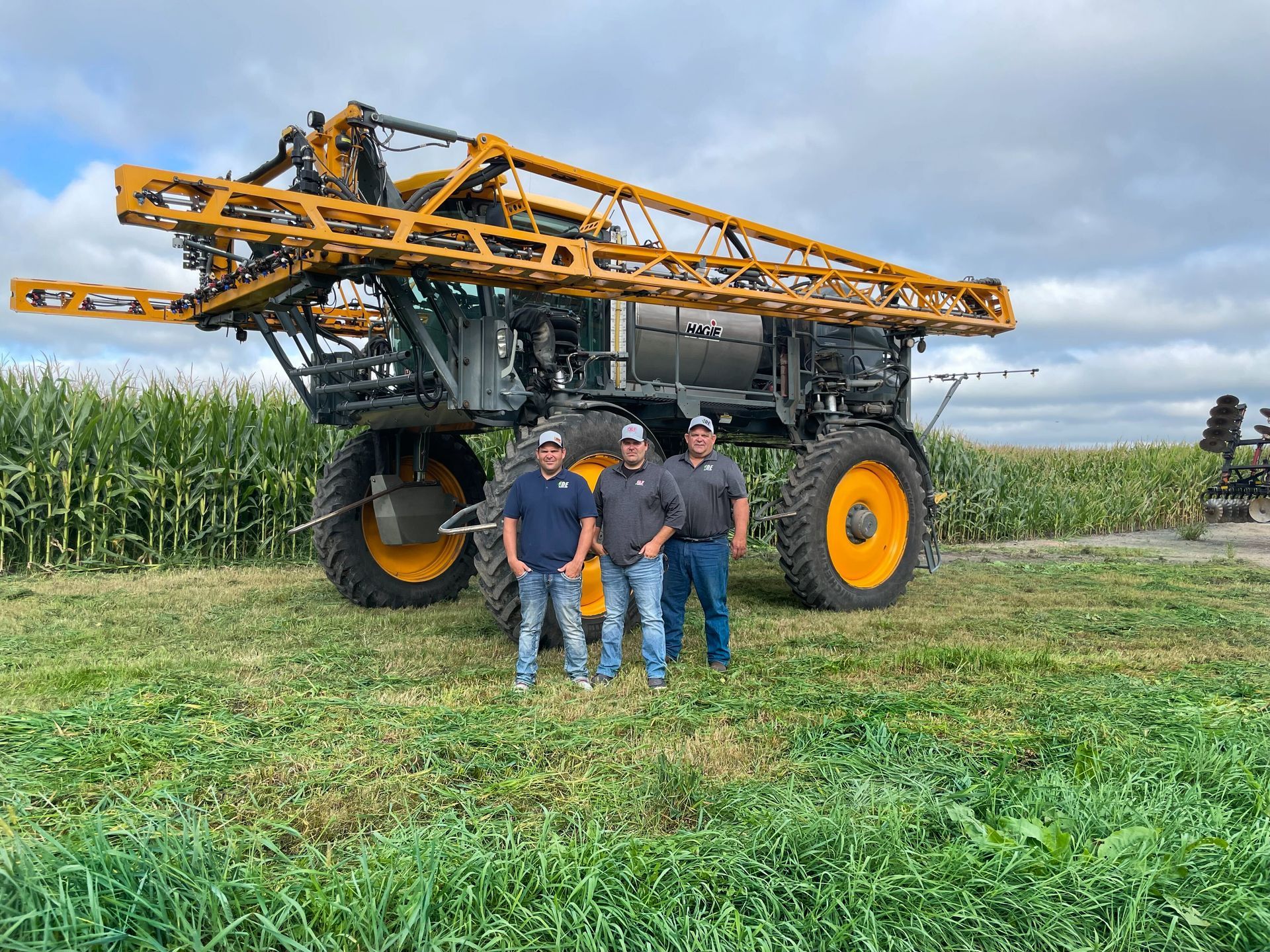
As harvest wraps up, many growers are reflecting on a tough year with yields that may not meet expectations. At Ide Seed & Fertilizer, we ant to take a moment to acknowledge the challenges you've faced this season. The yellow corn that covered our landscapes tells a story of struggle, but more importantly, it points the way toward a hopeful future. Every challenge we face in farming is an opportunity to learn and grow. This year's difficulties have highlighted the incredible resilience of the farming community. You've weathered storms, both literal and figurative, and you're still standing strong. But what if next year could be different?
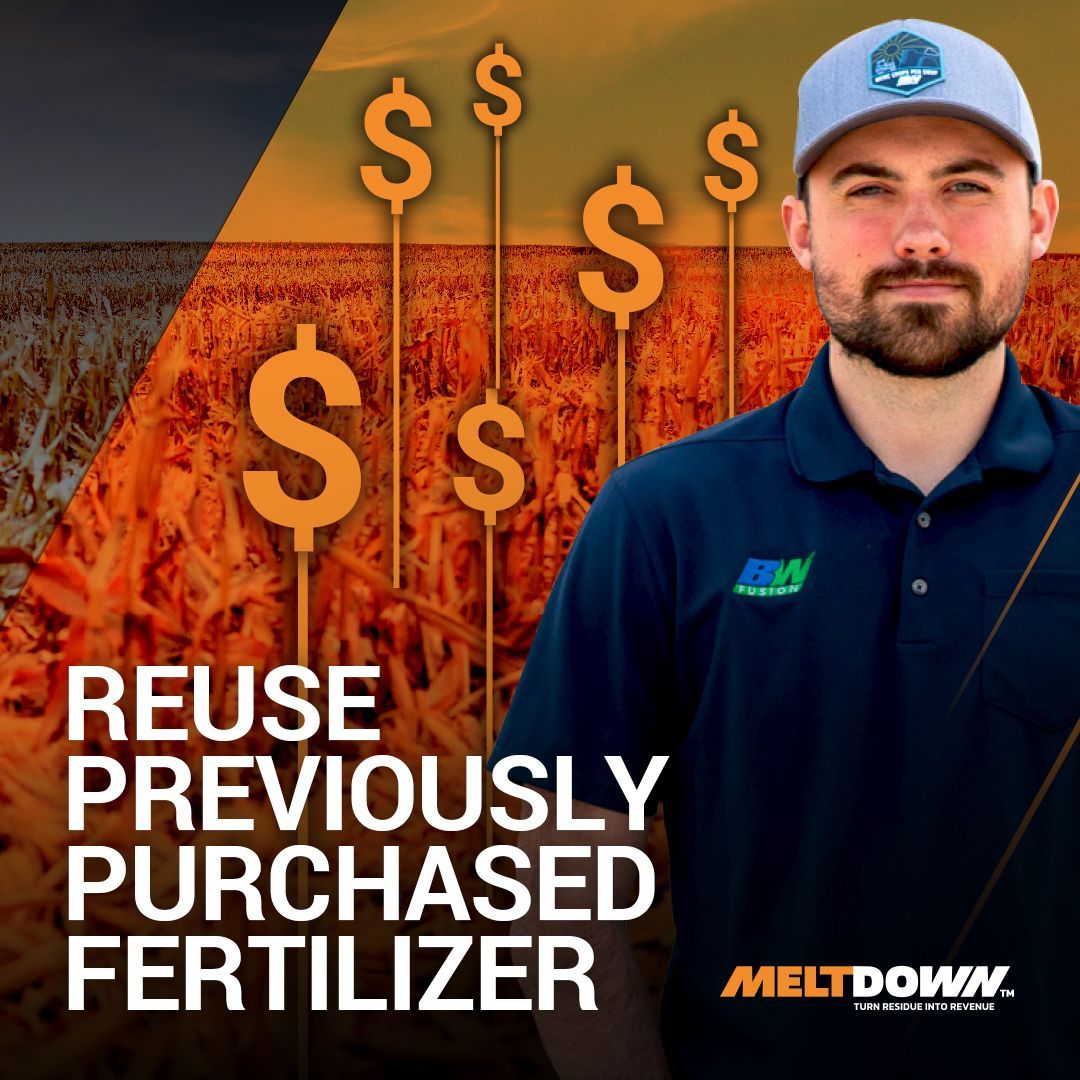
As we look ahead to the 2025 growing season, many farmers are facing tough decisions about fertilizer application. With some choosing to skip phosphate or potash applications, the question becomes: How can we ensure our crops get the nutrients they need? The answer lies in making better use of what's already in your soil.
